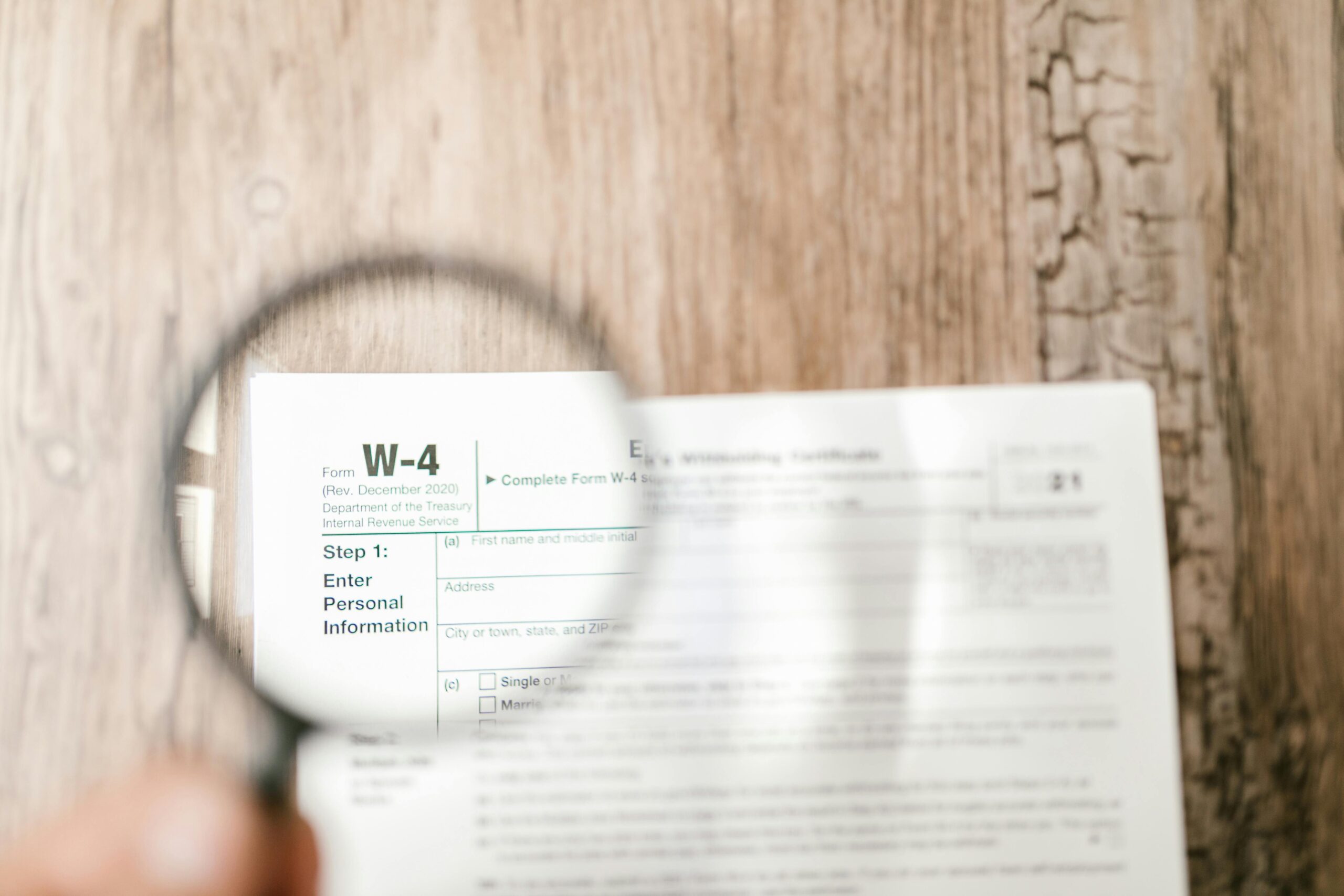Introduction: When it comes to acquiring a new vehicle, the decision between leasing and financing can be a critical one. Both options offer their own set of advantages and disadvantages, and choosing the right one depends on your unique circumstances and priorities. In this blog, we’ll explore the key differences between leasing and financing a vehicle to help you make an informed decision for your next automotive venture.
Leasing a Vehicle: Leasing is essentially a long-term rental of a vehicle, with a few key characteristics that set it apart from traditional financing:
-
Lower Monthly Payments: One of the most attractive features of leasing is the lower monthly payments. Because you’re only paying for the vehicle’s depreciation during the lease term, your payments are typically lower compared to financing.
-
Newer Vehicles: Lease agreements usually last for two to three years, which means you’ll always be driving a relatively new car with the latest features and technology.
-
Limited Maintenance Costs: Since you’re driving a new car under warranty during the lease period, maintenance and repair costs are often lower.
-
No Resale Hassles: At the end of the lease term, you can simply return the vehicle to the dealer without worrying about resale value or trade-in hassles.
Financing a Vehicle: Financing, on the other hand, involves taking out a loan to purchase the vehicle. Here are some key features of financing:
-
Ownership: When you finance a vehicle, you’re building equity in it, and you’ll eventually own the car outright once the loan is paid off.
-
No Mileage Restrictions: Leases typically come with mileage limits, while financing allows you to drive as much as you want without incurring excess mileage fees.
-
Customization: When you own a vehicle, you have the freedom to customize it as you see fit, whether it’s through modifications, paint jobs, or accessories.
-
Resale Value: While the car’s value will depreciate over time, you can potentially recoup some of your investment when you decide to sell or trade-in your financed vehicle.
Factors to Consider:
-
Budget: Assess your monthly budget and determine which option aligns best with your financial situation. Leasing offers lower monthly payments, but financing leads to eventual ownership.
-
Usage: Consider how you plan to use the vehicle. If you have a long daily commute or foresee exceeding mileage limits, financing might be more practical.
-
Maintenance and Warranty: If you prefer a hassle-free ownership experience with limited maintenance costs, leasing can be appealing. But if you’re comfortable with taking care of your vehicle, financing offers more flexibility.
-
Future Plans: Think about your long-term goals. Leasing provides the opportunity to drive a new car every few years, while financing offers eventual ownership and the freedom to keep or sell the vehicle.
Conclusion: The choice between leasing and financing a vehicle is not one-size-fits-all. It depends on your individual needs, preferences, and financial situation. Be sure to evaluate your budget, usage, and future plans before making a decision. Whichever option you choose, remember to read the terms of the lease or loan agreement carefully and consider seeking professional advice when necessary. Ultimately, the right choice will ensure you enjoy your new vehicle to the fullest.







